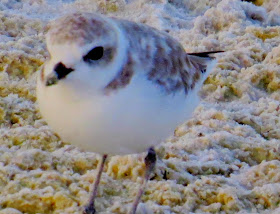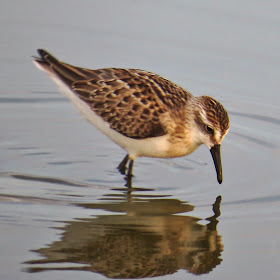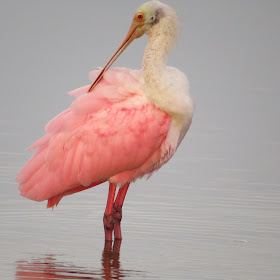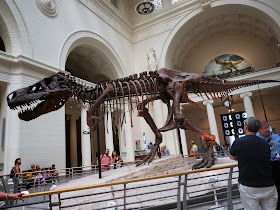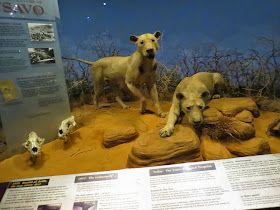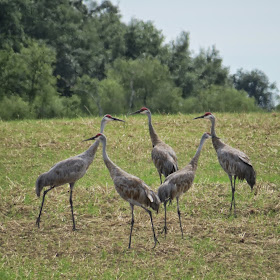Sunday, September 28th
Fall migration can be fun at Six-Mile Cypress Slough in Ft Myers when weather patterns encourage the neo-tropics to visit for awhile. Sometimes we can even get a rarity to our corner of Florida like the Lifer I got a hit on when our group found a young Black-billed Cuckoo along the board walk. But so far we are still looking for any Canada or Nashville Warblers or such that may come our way.
Migration starts in August with such early birds like Worm-eating, Prothonotary, Swainson's, American Redstarts, and Hooded Warblers. Many of these early migrants include breeders common to northern Florida like Acadian Flycatchers. We always see the local breeders, such as Anhingas, Blue-gray Gnatcatchers, Tufted Titmice, Carolina Wrens, Red-shouldered Hawks and all the local wading birds. \
Our composite August list of migrants include
Yellow-billed Cuckoo, Eastern Wood-Pewee, Acadian Flycatcher,
Great Crested Flycatcher, White-eyed Vireo, Red-eyed Vireo, Worm-eating
Warbler, Louisiana Waterthrush, Northern Waterthrush, Black-and-White Warbler,
Prothonotary Warbler, Swainson's Warbler, American Redstart, Northern Parula,
Yellow Warbler, Pine warbler, Yellow-throated Warbler, Prairie Warbler,
September started out very slow but as we reached mid-month birding has become fun as the numbers and variety of neotropic migrants. Some birds were getting as many as seventeen warblers on a day. Summer Tanagers, Eastern Wood-pewees, Thrushes, Vireos and Cuckoos also have become common these past few days. Before long it'll quite down again and we'll have to wait till next spring to see many of these interesting and beautiful birds.
Our composite list for September migrants include -
Short-tailed Hawk, Yellow-billed Cuckoo, Black-billed
Cuckoo, Barred Owl, Belted Kingfisher, Eastern Wood-Pewee, Acadian Flycatcher, Great
Crested Flycatcher, White-eyed Vireo, Yellow-throated Vireo, Red-eyed Vireo, Veery, Gray-checked Thrush, Swainson's
Thrush, Ovenbird, Worm-eating Warbler, Louisiana Waterthrush, Northern
Waterthrush, Blue-winged Warbler, Black-and-White Warbler, Prothonotary Warbler,
Swainson's Warbler, Tennessee Warbler, Common Yellowthroat, Warbler, Hooded
Warbler, American Redstart, Northern Parula, Magnolia Warbler, Blackburnian Warbler,
Yellow Warbler, Chestnut-sided Warbler, Black-throated Blue Warbler, Palm
Warbler, Pine warbler, Yellow-throated Warbler, Prairie Warbler, Black-throated
Green Warbler, Summer Tanager.



